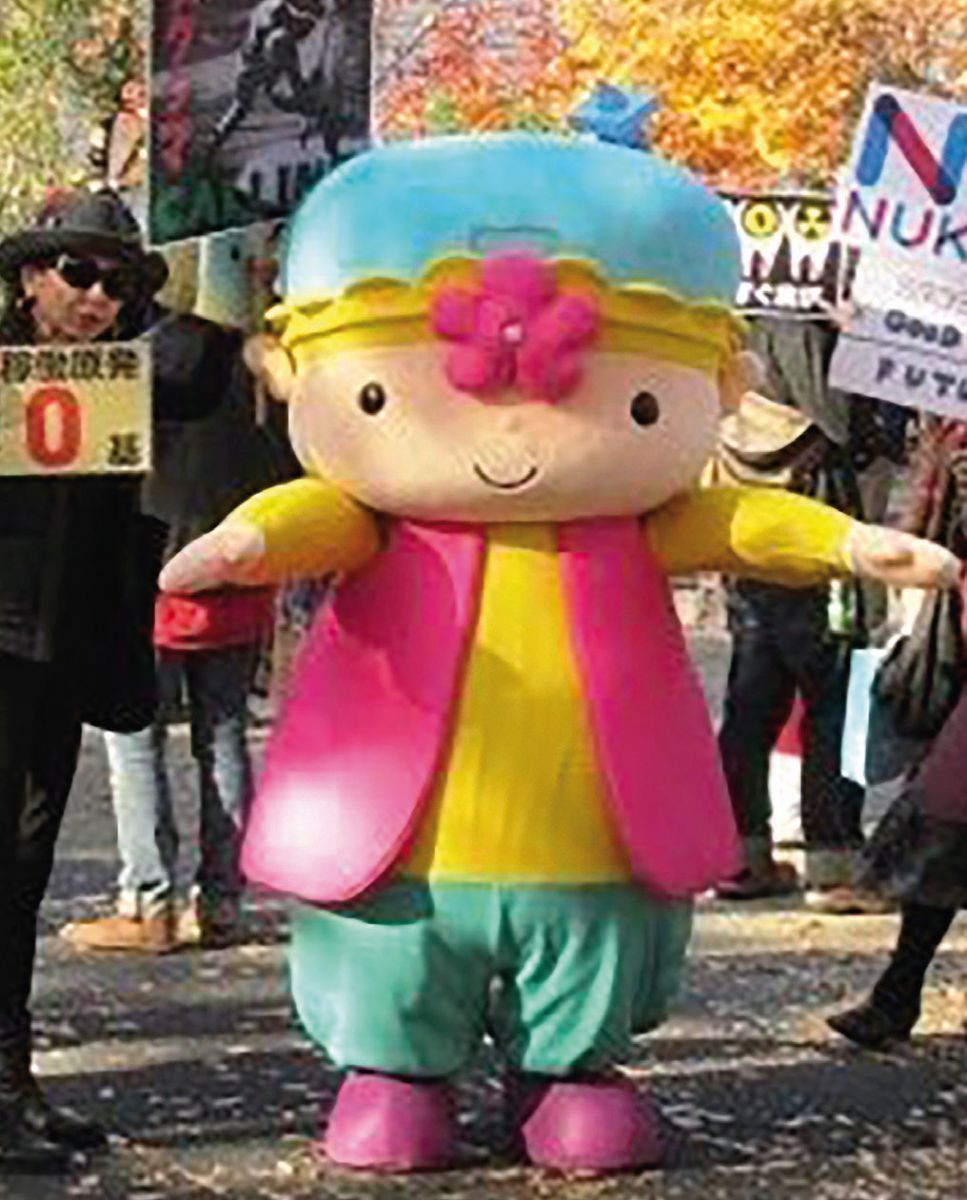Child's Play
<p>Sabine Frühstück and Anne Walthall (eds). 2017. <em>Child’s Play: Multi-Sensory Histories of Children and Childhood in Japan</em><br>Oakland, CA: University of California Press<br>ISBN 9780520296275</p>
The burgeoning field of the history of emotions has continued to develop in scholarship out of Europe and the United States over the last decades. One fascinating segment of this field describes children’s emotions, or emotions directed towards children in history. However, within such emerging research, there is much less consideration of Asia, and Japan specifically, and this is the gap addressed by this new book, Child’s Play. In this collection, Sabine Frühstück and Anne Walthall perform the somewhat complicated task of ‘combing’ periods of Japanese history in order to highlight issues such as how children were distinguished from adults in Japan and how the study of children and childhood may be analysed in this particular context for emotion, affect, and sensibility. At first glance the scope of the collection appears wide and the subject matter eclectic. Essays muse on wide ranging issues including, for example, the social position of male acolytes in medieval Japanese Buddhist monasteries, boys’ androgynous qualities, and male–male love affairs; the identification of conceptions of childhood for Taisho period designers of furniture in Japan; or the intricacies of the ideological dynamics of the Asia Pacific War, including ways children’s individual emotions were suppressed and the so-called ‘emotional capital’ of children was utilized in propaganda. Such topics and more, revolving around the concept of childhood and the history of emotions are examined from the perspective of Japanese history, albeit for the most part in recent periods. In short, the editors aim to make understandable the relationship of various identifiable phenomena to our understanding of the history of children and childhood and experiences of affect.
Certainly, this book offers an opportunity to at least partially correct the common bias, which is to examine childhood and children predominantly through a European-American lens. The essays presented were initially outlined at a workshop held at the University of California on 27-28 February 2015. Frühstück and Walthall arrange the essays by historical period and the contributors offer cross-disciplinary and varied viewpoints and methodologies.
A limitation is that the majority of the writing within the volume covers the early 20th century, with the exception of three essays couched as premodern, including two from the Edo period and one from the 19th century. Despite this gap in the contribution toward understanding pre-18th century Japan, the approaches of the authors in Part 2 are compelling, including Jinno Yuki’s study of material objects of the Taisho period and Harold Salomon’s discussion of childhood film in wartime Japan. Salomon surveys films released from 1932 to 1941, a period which reflects the emotional proclivities of the generation immediately before. The materials are sourced from an earlier period, perhaps explaining why the editors decided to place Salomon’s essay in the early 20th century section rather than the proceeding wartime series. Of course, the initial Japanese invasion of Manchuria took place in 1931.
The last section of the volume considers contemporary issues that children encounter in Japanese society, ranging from a discussion of the relationship of childhood development to a wider discourse about soccer and the nation, to two ethnographic studies of the treatment in Japan of children with developmental challenges. Kathryn Goldfarb writes about a group of children and institutionalisation, using the case study of Chestnut House, a child-welfare institution located in Tokyo.
It seems no collection on Japan is complete without a reference to the nuclear age, and the final essay provides an example of protest in the shape of a cute character – Monju-kun, a cartoon character modelled after a reactor in Fukui after the 2011 Fukushima disaster. Noriko Manabe discusses how Monju-kun became a symbol of protest, subverting propaganda and disrupting silences around irradiation and the health of mothers and children. In my own oral history research, for which I interviewed survivors of the atomic bombing of Nagasaki, my interviewees were children themselves in 1945. Having grown up in the Taisho and Showa eras, these survivors remember their own negotiation of adulthood over a time of great tumult and disruption. As a result, I read with interest about the reflections of the scholars in this collection on how understandings of childhood and children have been imagined and exhorted within Japan over disparate time periods. Japanologists, historians, and those who have an interest in finding out more about childhood from an East Asian perspective will certainly benefit from reading this book. The editors achieve the cited aim of re-orienting discourse about childhood by considering new, worthwhile and important perspectives from Asia.
